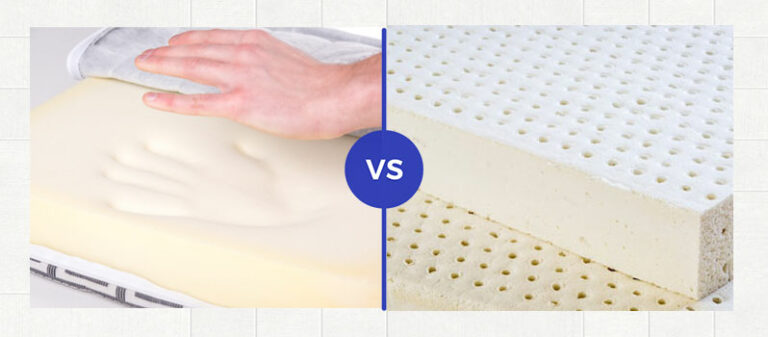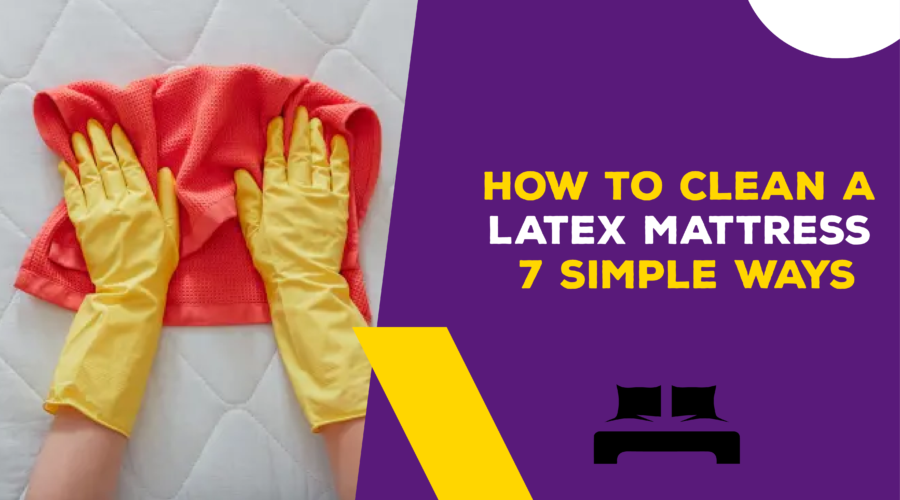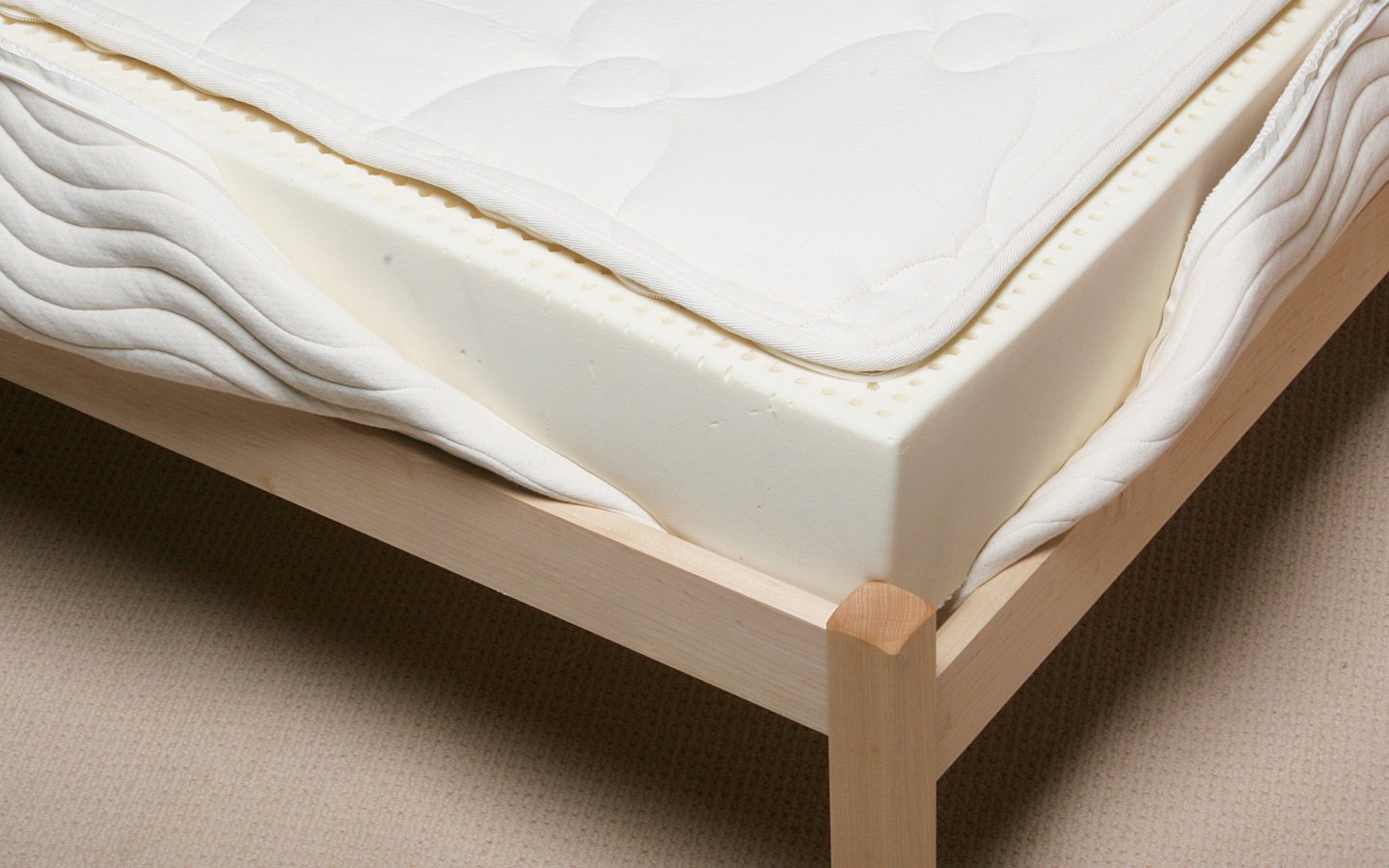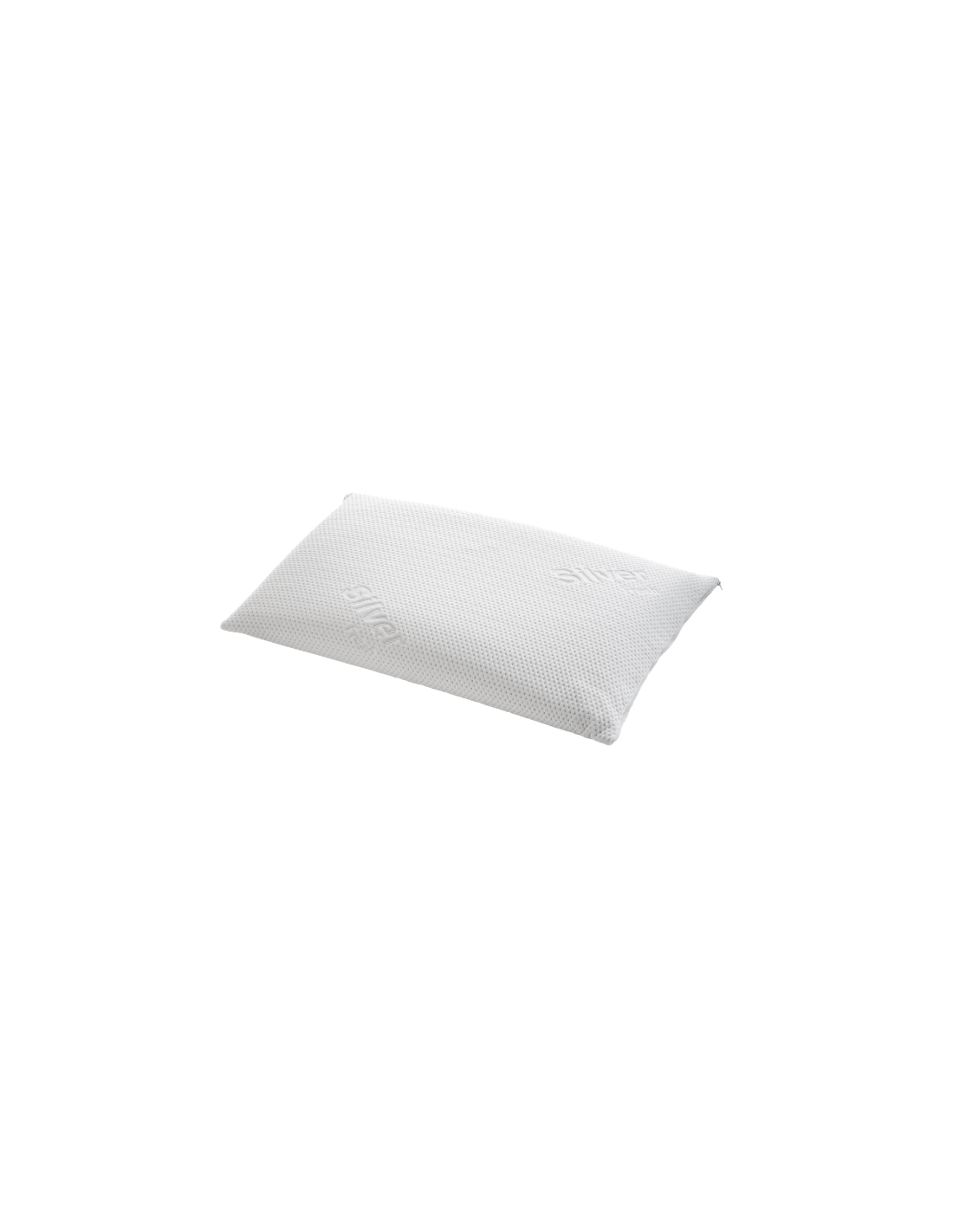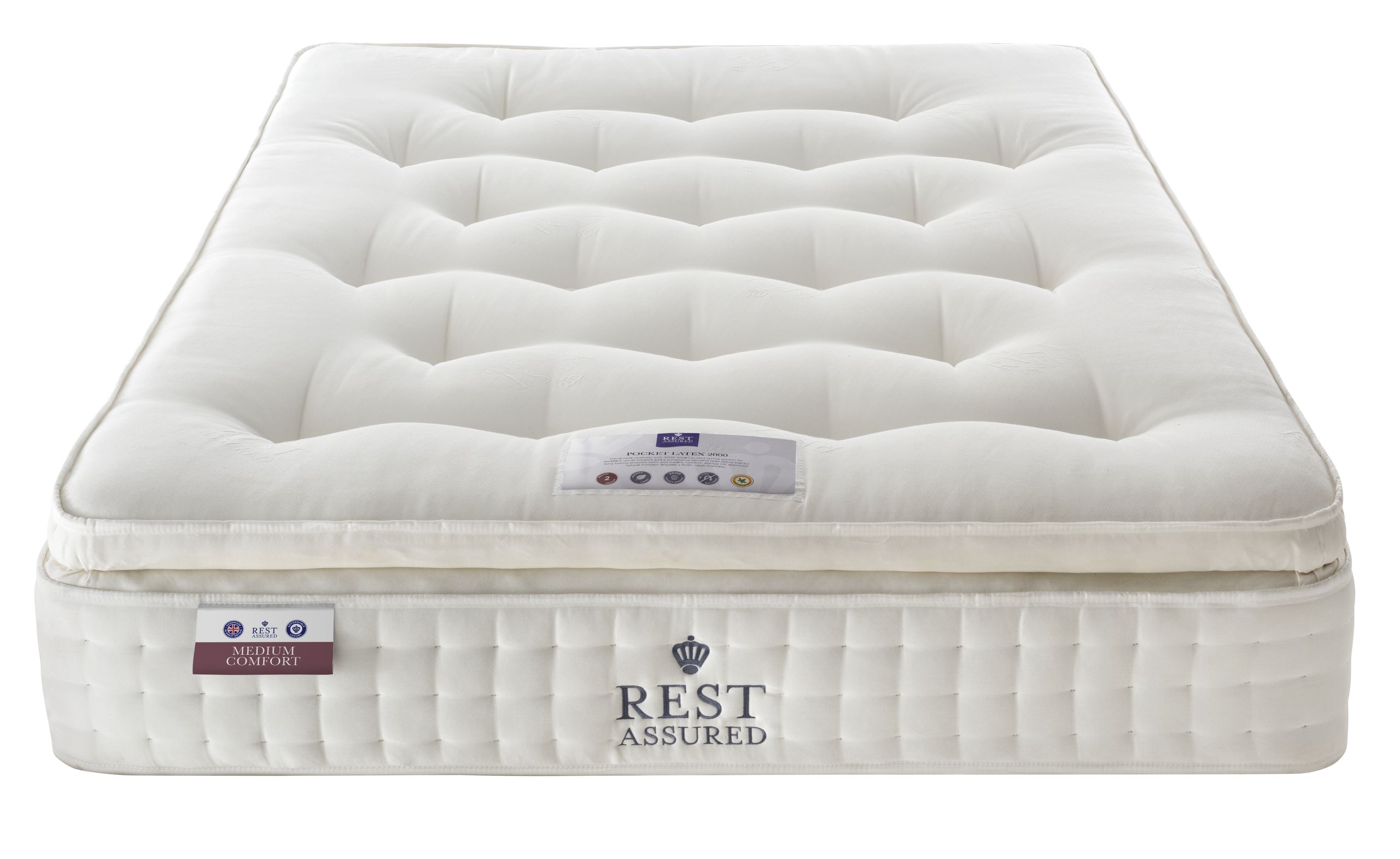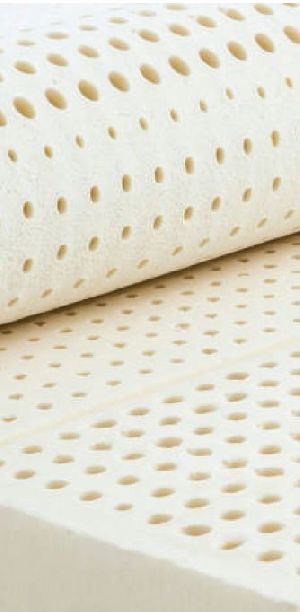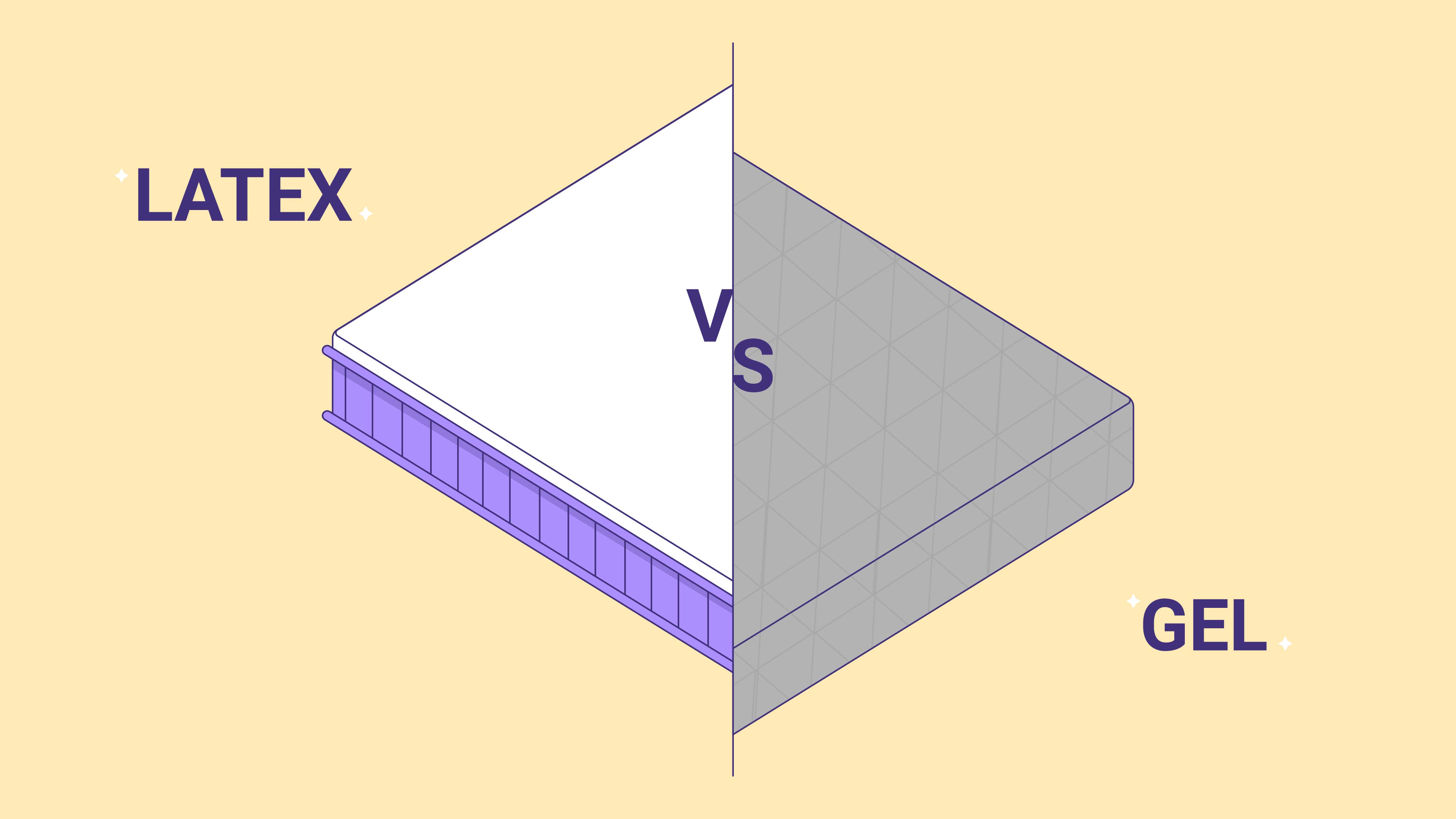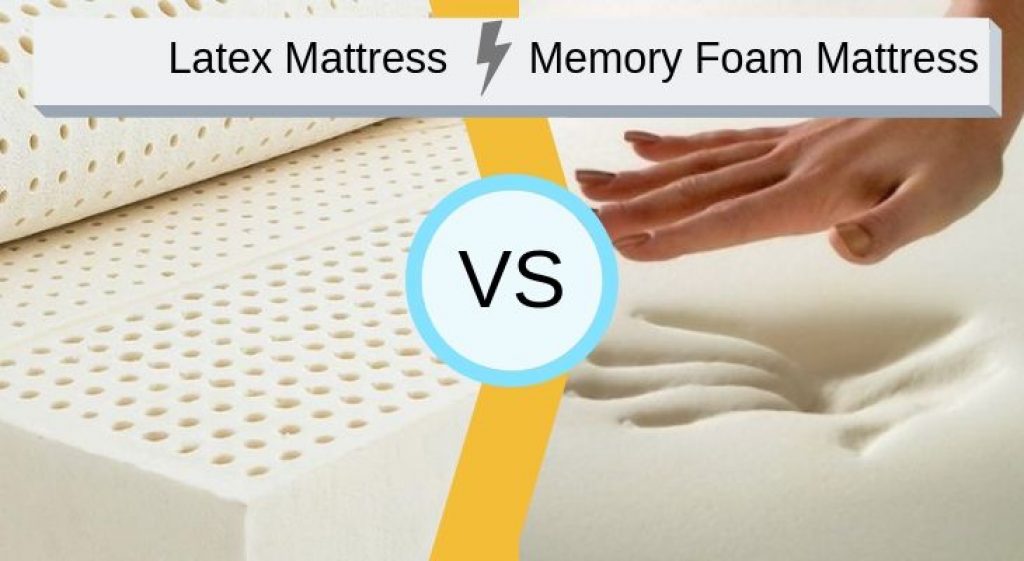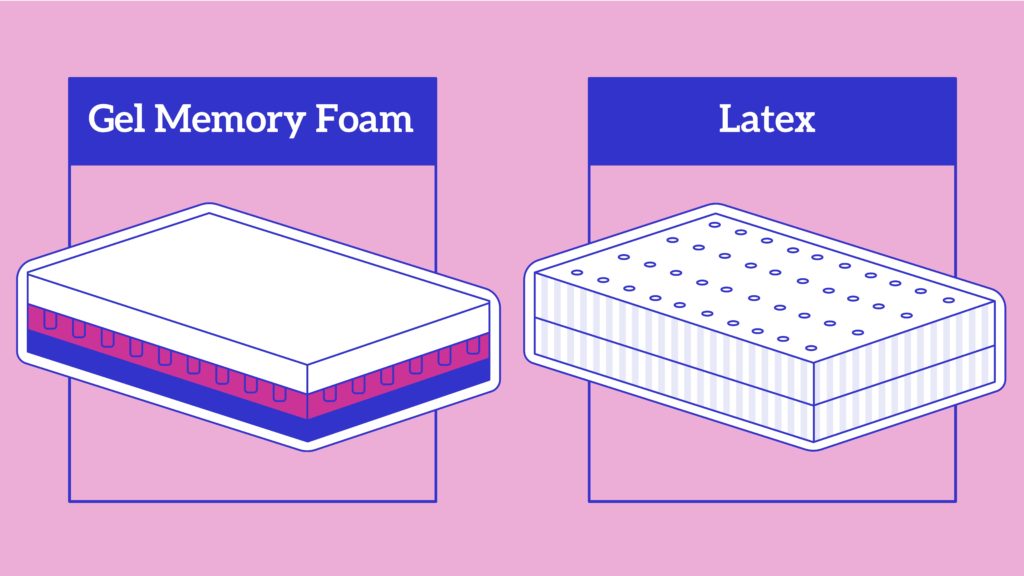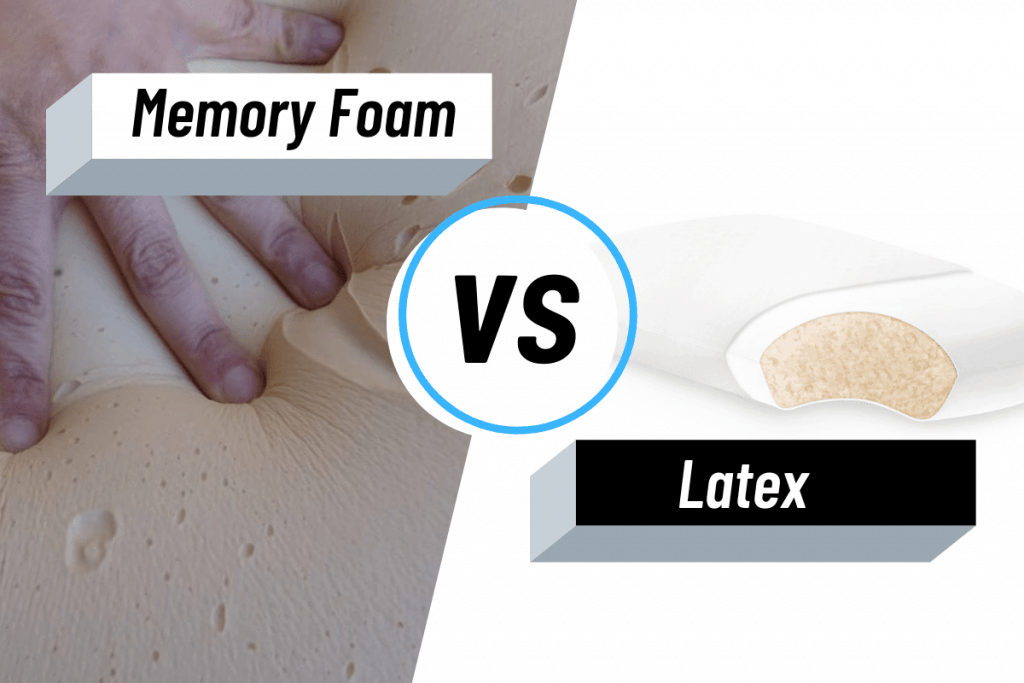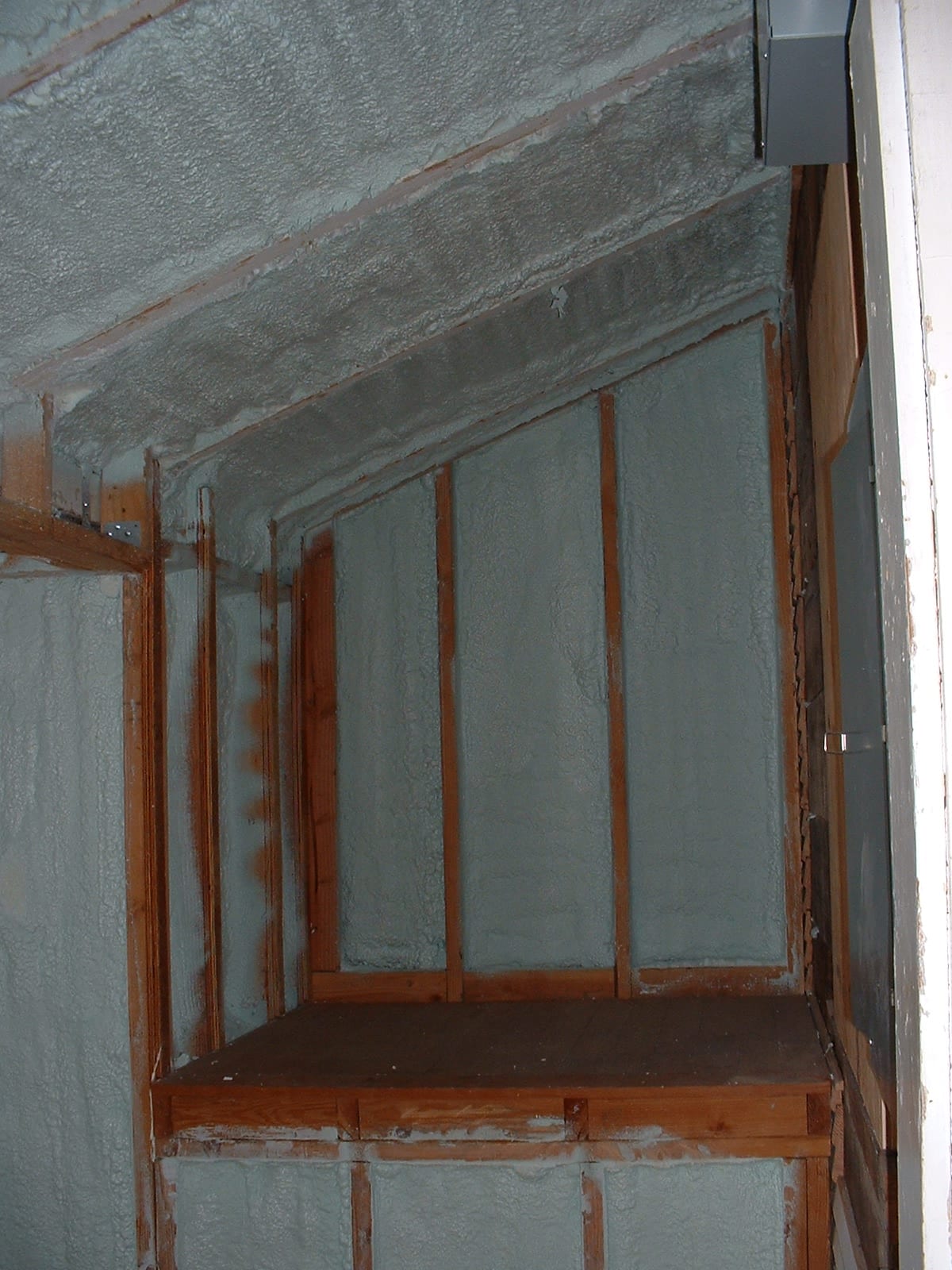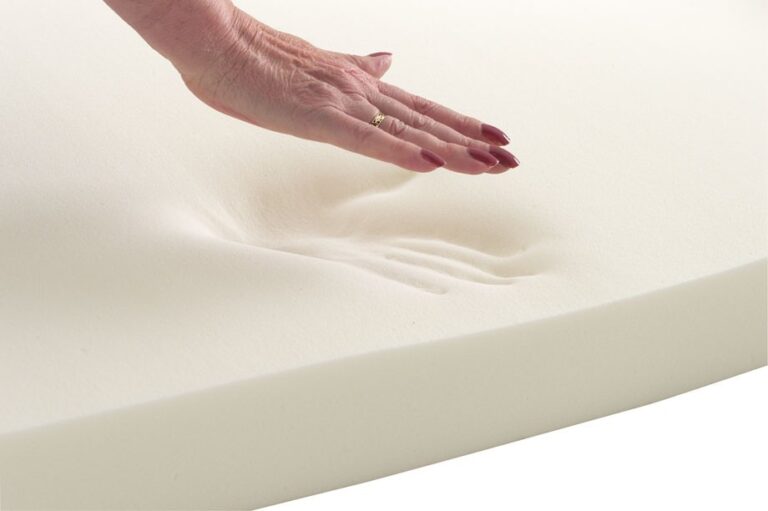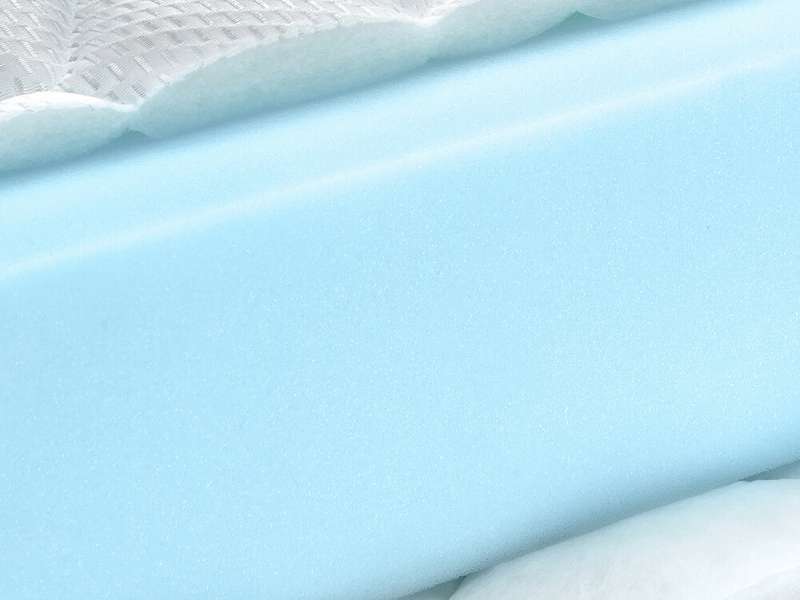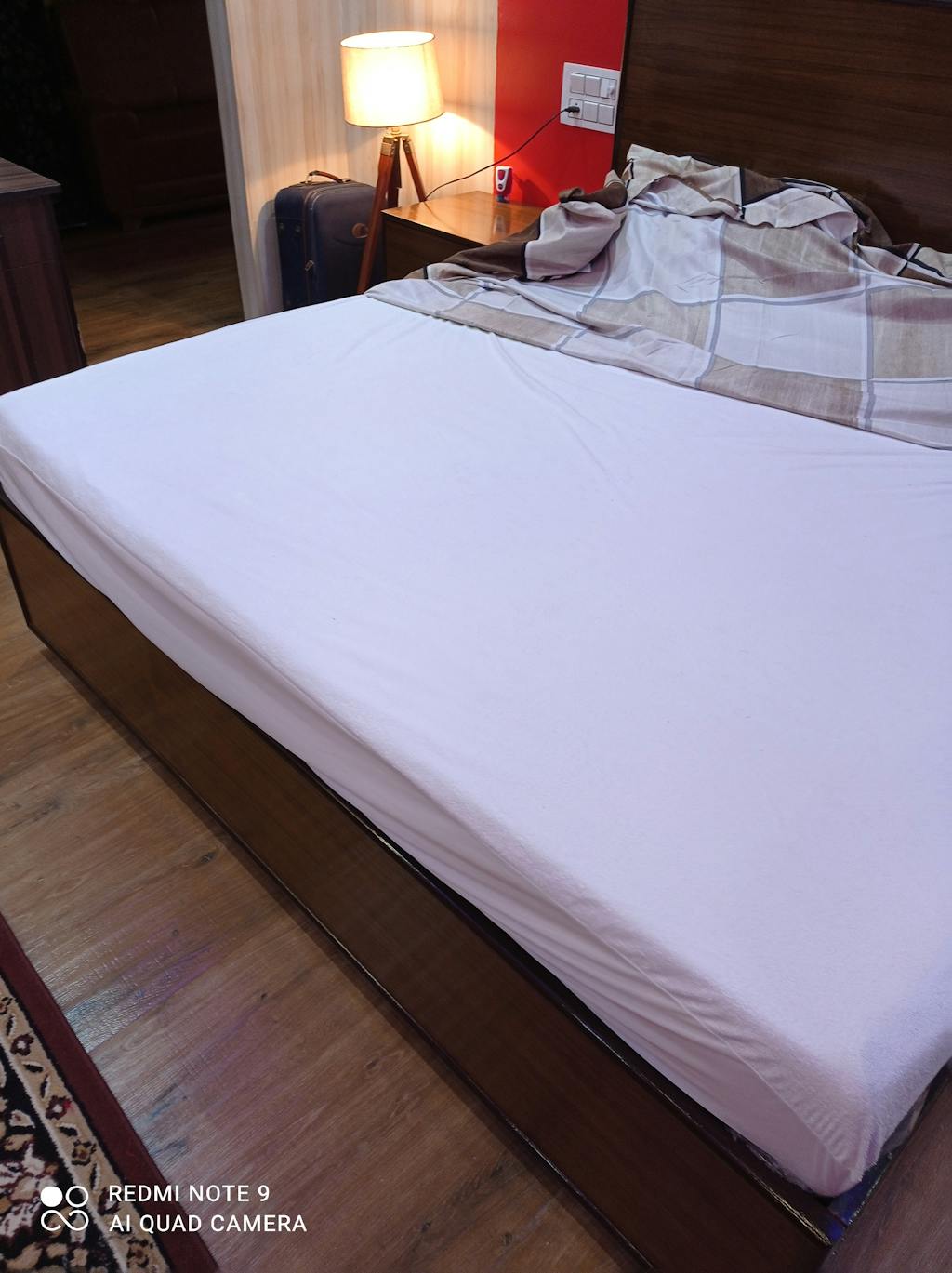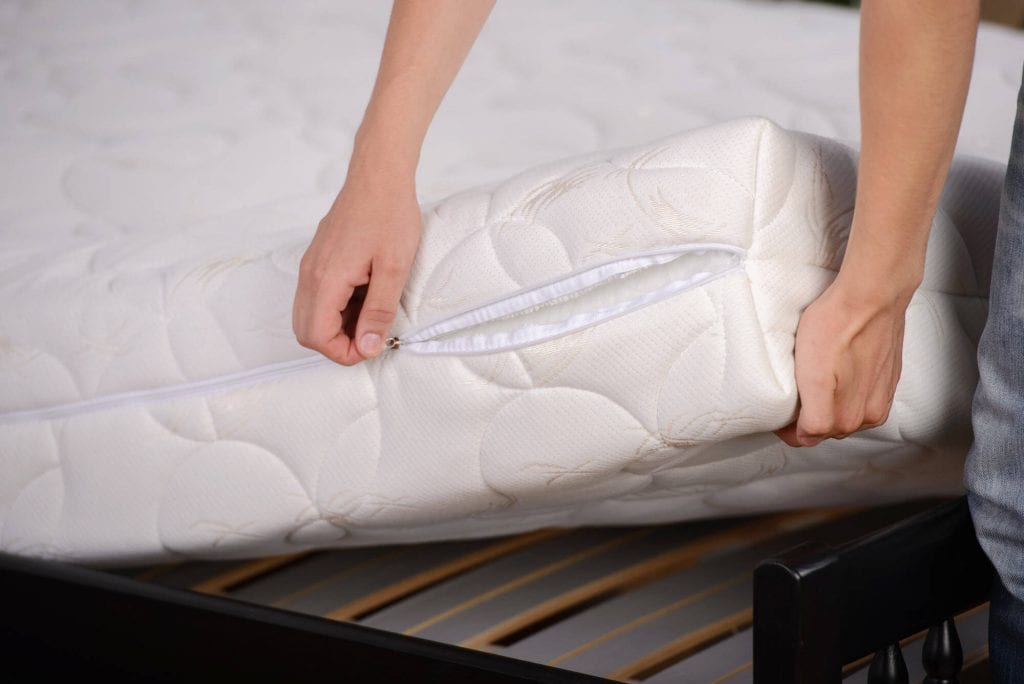If you're in the market for a new mattress, you may have come across the terms "foam" and "latex." These two materials are becoming increasingly popular in the mattress world due to their unique properties and benefits. But what exactly are foam and latex mattresses, and how do they compare to traditional spring mattresses? In this article, we'll delve into the world of foam and latex mattresses and help you determine if they're the right choice for you.Foam and Latex Mattress: What You Need to Know
One of the main benefits of foam and latex mattresses is their ability to contour to your body. Unlike traditional spring mattresses, which can cause pressure points and discomfort, foam and latex mattresses distribute your body weight evenly. This can provide relief for those with back pain or other body aches. Additionally, foam and latex mattresses are known for their motion isolation. This means that if you share a bed with a partner, you won't feel them moving around during the night. This can lead to better sleep for both individuals. Another advantage of foam and latex mattresses is their durability. These mattresses are made to last, with foam mattresses typically lasting around 10 years and latex mattresses lasting even longer.The Benefits of a Foam and Latex Mattress
When it comes to choosing a foam or latex mattress, there are a few factors to consider. The first is the type of foam or latex used. Memory foam is the most common type of foam used in mattresses, but there are also options such as polyfoam and latex foam. Latex mattresses can be made from either natural or synthetic latex, with natural latex being more eco-friendly. You should also consider the firmness of the mattress. Foam and latex mattresses come in a range of firmness levels, from soft to extra firm. The right firmness for you will depend on your preferences and sleeping position. Lastly, make sure to read reviews and try out the mattress if possible. Every person's body is different, so what works for one may not work for another. By reading reviews and trying out the mattress, you can get a better understanding of its comfort and support.How to Choose the Right Foam and Latex Mattress
Choosing between a foam or latex mattress ultimately comes down to personal preference. Both have their own unique advantages and disadvantages. Foam mattresses are known for their pressure-relieving properties and motion isolation, but some people may find them too soft or lacking in support. Latex mattresses, on the other hand, provide more firmness and support, but they can be more expensive and have a slight odor when first purchased. It's important to weigh the pros and cons of each type of mattress and choose the one that best suits your needs and preferences.Comparing Foam and Latex Mattresses: Which is Better?
While both foam and latex mattresses offer similar benefits, there are some key differences between the two. One of the main differences is the way they respond to pressure. Foam mattresses compress and conform to your body, while latex mattresses have more bounce and responsiveness. Another difference is in their materials. Foam mattresses are typically made from polyfoam or memory foam, while latex mattresses are made from either natural or synthetic latex. This can affect the overall feel and durability of the mattress.The Differences Between Foam and Latex Mattresses
As mentioned earlier, foam mattresses are typically made from polyfoam or memory foam. Polyfoam is a type of foam that is less dense and more affordable, while memory foam is a higher density foam that contours to your body shape. On the other hand, latex mattresses are made from natural latex, which is derived from rubber trees, or synthetic latex, which is made from petrochemicals. Both foam and latex mattresses can also come with additional layers, such as a pillow top or gel-infused foam, to provide extra comfort and support.Understanding the Materials: Foam vs Latex
As with any type of mattress, there are pros and cons to consider when it comes to foam and latex mattresses. Pros of foam mattresses include their pressure relief, motion isolation, and affordability. On the other hand, some cons of foam mattresses include their potential for off-gassing and lack of edge support. Pros of latex mattresses include their durability, support, and eco-friendliness. However, they can be more expensive and have a slight odor when first purchased. Ultimately, it's important to consider your individual needs and preferences when deciding between a foam or latex mattress.The Pros and Cons of Foam and Latex Mattresses
To ensure the longevity of your foam or latex mattress, there are a few care tips to keep in mind. First, make sure to rotate your mattress every 3-6 months to prevent uneven wear. You should also invest in a mattress protector to protect against spills and stains. When it comes to cleaning your mattress, avoid using harsh chemicals and instead opt for a mild soap and water solution. Allow your mattress to fully dry before putting on any sheets or covers.How to Care for Your Foam and Latex Mattress
When it comes to finding the best foam or latex mattress for you, it's important to consider your budget, sleeping position, and personal preferences. Some popular foam and latex mattress brands include Casper, Tempur-Pedic, and Saatva. Make sure to read reviews and try out the mattress if possible to determine which one is the best fit for you.Finding the Best Foam and Latex Mattress for Your Needs
As mentioned earlier, there are many brands that offer foam and latex mattresses. Some top brands include Casper, Tempur-Pedic, and Saatva, but there are also many other reputable brands to choose from. When looking for a foam or latex mattress, make sure to research the brand and read reviews from previous customers to ensure you're getting a quality product.The Top Foam and Latex Mattress Brands on the Market
The Benefits of Choosing a Foam or Latex Mattress for Your Home Design

Comfort and Support
 When it comes to choosing a mattress for your home design, comfort and support are key factors to consider.
Foam and latex mattresses
offer superior comfort and support compared to traditional
spring mattresses
. The foam or latex materials conform to your body's natural curves, providing the right amount of support to relieve pressure points and promote proper spinal alignment. This can result in a more restful and comfortable sleep, allowing you to wake up feeling refreshed and rejuvenated.
When it comes to choosing a mattress for your home design, comfort and support are key factors to consider.
Foam and latex mattresses
offer superior comfort and support compared to traditional
spring mattresses
. The foam or latex materials conform to your body's natural curves, providing the right amount of support to relieve pressure points and promote proper spinal alignment. This can result in a more restful and comfortable sleep, allowing you to wake up feeling refreshed and rejuvenated.
Durability and Longevity
 Investing in a mattress is a long-term decision, and you want to make sure you choose one that will last. Foam and latex mattresses are known for their durability and longevity. Unlike traditional mattresses that can sag and lose their shape over time, foam and latex mattresses
maintain their shape and support
for many years. This means you won't have to replace your mattress as often, saving you money in the long run.
Investing in a mattress is a long-term decision, and you want to make sure you choose one that will last. Foam and latex mattresses are known for their durability and longevity. Unlike traditional mattresses that can sag and lose their shape over time, foam and latex mattresses
maintain their shape and support
for many years. This means you won't have to replace your mattress as often, saving you money in the long run.
Hypoallergenic
 If you or a family member suffers from allergies or asthma, a foam or latex mattress may be the best choice for your home design. These mattresses are naturally hypoallergenic, meaning they are resistant to dust mites, mold, and mildew. This can provide a healthier sleeping environment and reduce the risk of allergic reactions and respiratory issues.
If you or a family member suffers from allergies or asthma, a foam or latex mattress may be the best choice for your home design. These mattresses are naturally hypoallergenic, meaning they are resistant to dust mites, mold, and mildew. This can provide a healthier sleeping environment and reduce the risk of allergic reactions and respiratory issues.
Variety of Options
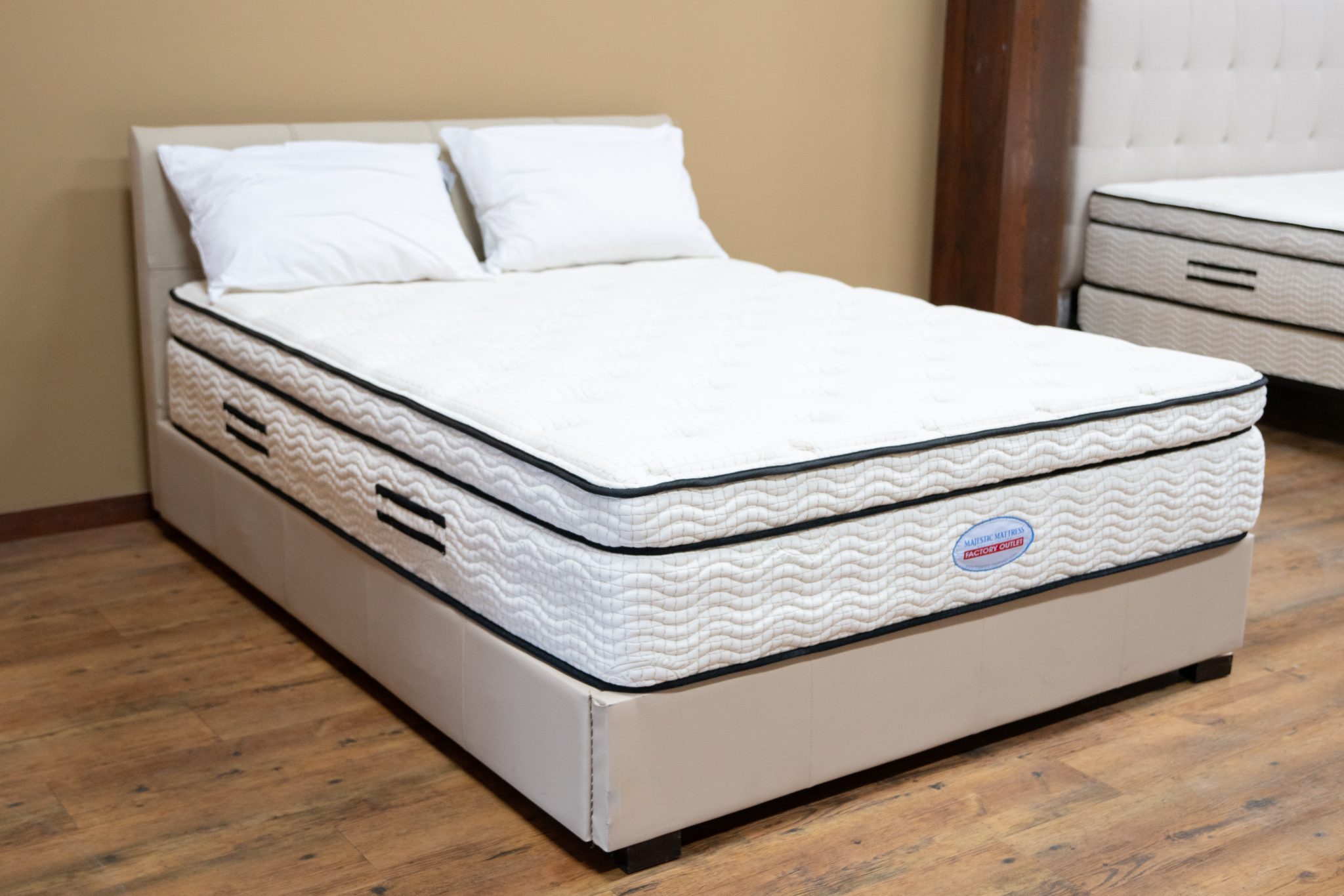 Foam and latex mattresses come in a variety of options to suit your personal preferences and needs. For those who prefer a firmer mattress, there are different levels of firmness available. You can also choose from different thicknesses, materials, and densities to find the perfect fit for your sleep preferences. Additionally, foam and latex mattresses come in a range of sizes, making it easier to find the right one for your bedroom's design.
In conclusion, when it comes to choosing a mattress for your home design,
foam and latex mattresses
offer numerous benefits that make them a top choice for many homeowners. Their comfort, support, durability, hypoallergenic properties, and variety of options make them a wise investment for a good night's sleep and a beautiful bedroom. Consider adding a foam or latex mattress to your home design for a comfortable and stylish sleeping experience.
Foam and latex mattresses come in a variety of options to suit your personal preferences and needs. For those who prefer a firmer mattress, there are different levels of firmness available. You can also choose from different thicknesses, materials, and densities to find the perfect fit for your sleep preferences. Additionally, foam and latex mattresses come in a range of sizes, making it easier to find the right one for your bedroom's design.
In conclusion, when it comes to choosing a mattress for your home design,
foam and latex mattresses
offer numerous benefits that make them a top choice for many homeowners. Their comfort, support, durability, hypoallergenic properties, and variety of options make them a wise investment for a good night's sleep and a beautiful bedroom. Consider adding a foam or latex mattress to your home design for a comfortable and stylish sleeping experience.




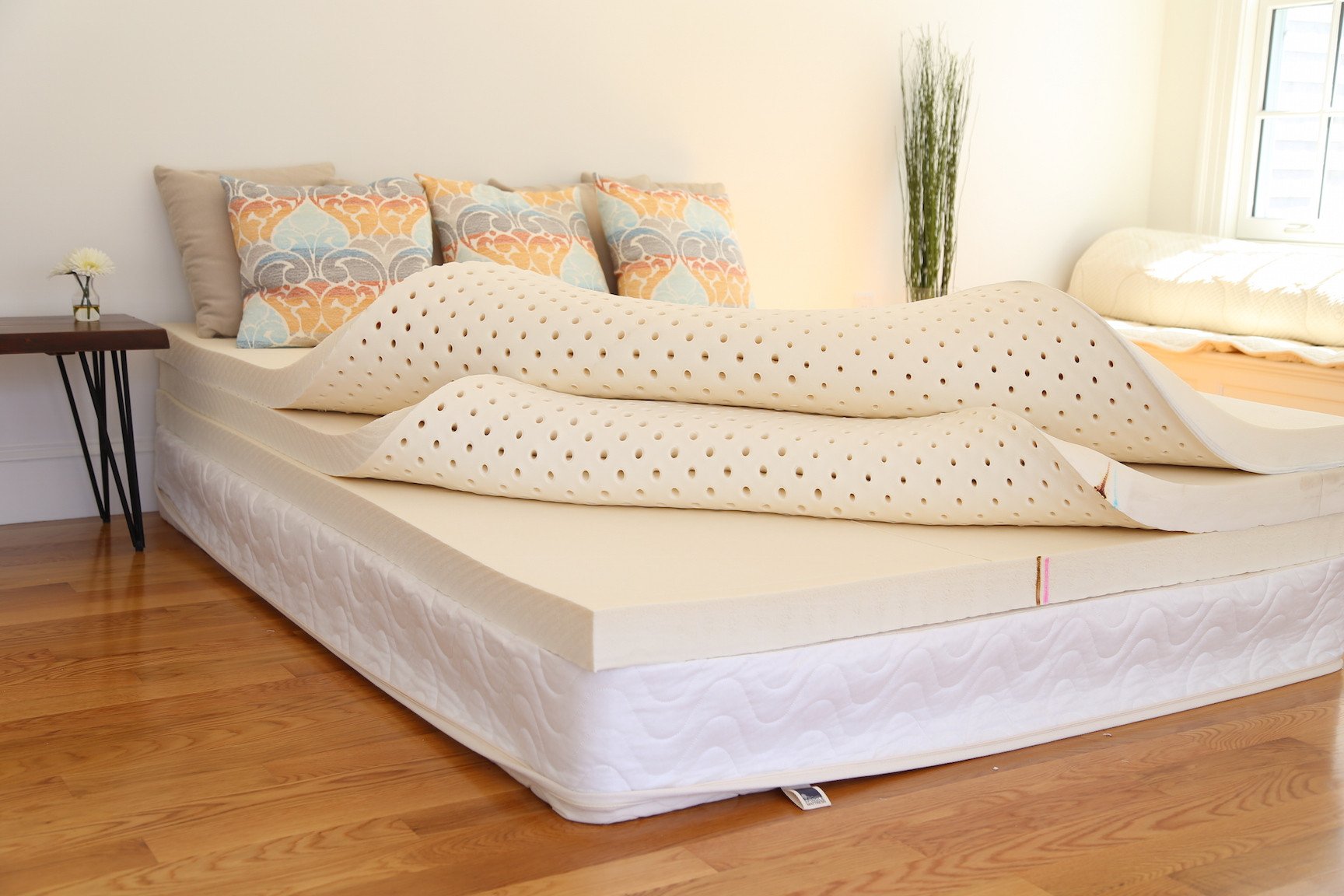
:max_bytes(150000):strip_icc()/SleeponLatex-b287d38f89374e4685ab0522b2fe1929.jpeg)









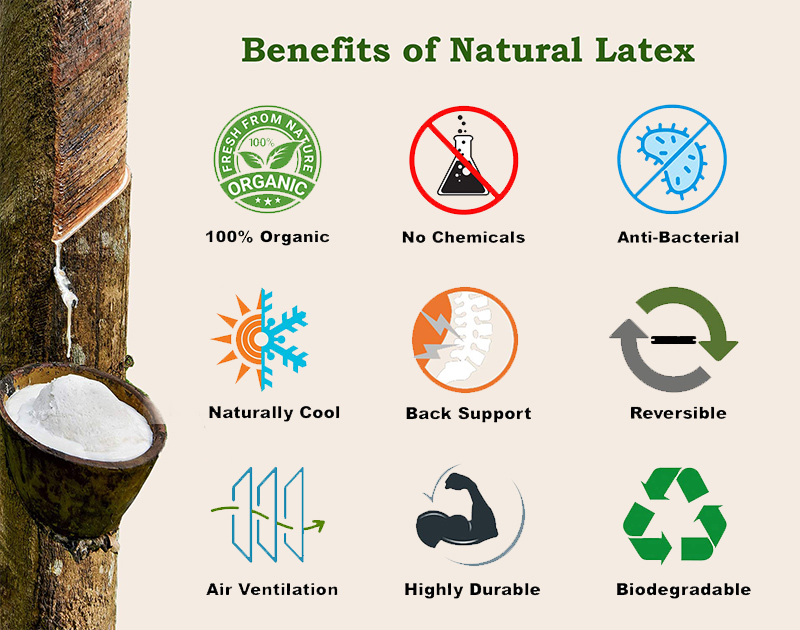

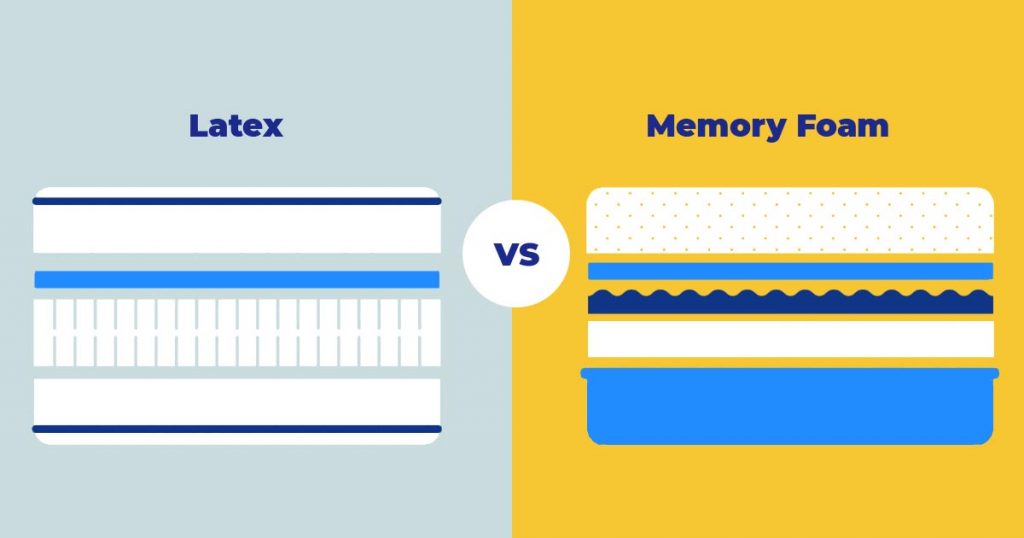




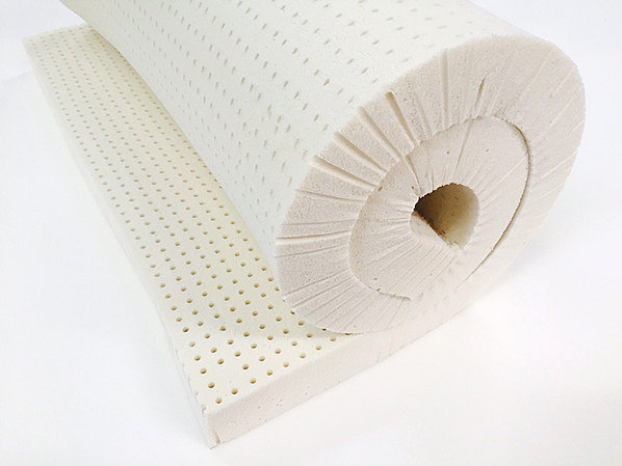
:max_bytes(150000):strip_icc()/SleeponLatex-b287d38f89374e4685ab0522b2fe1929.jpeg)
